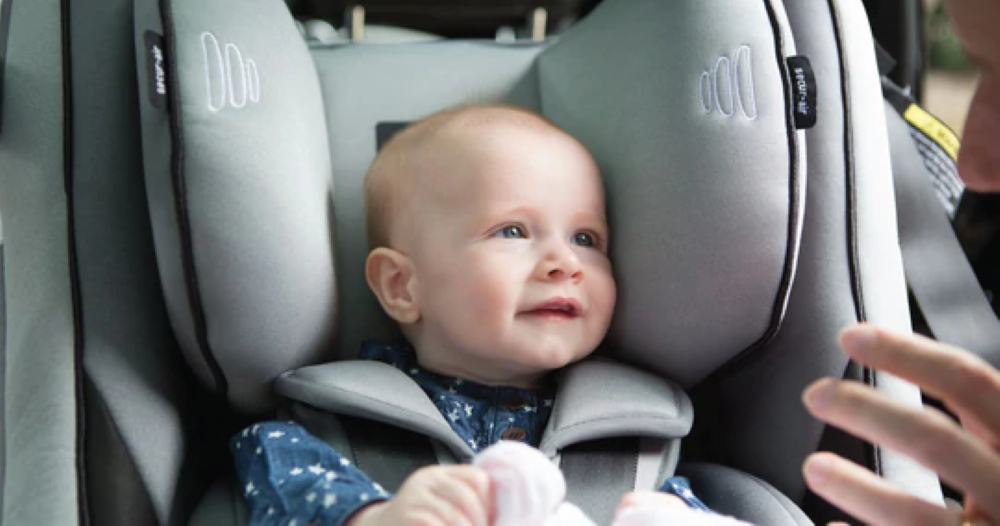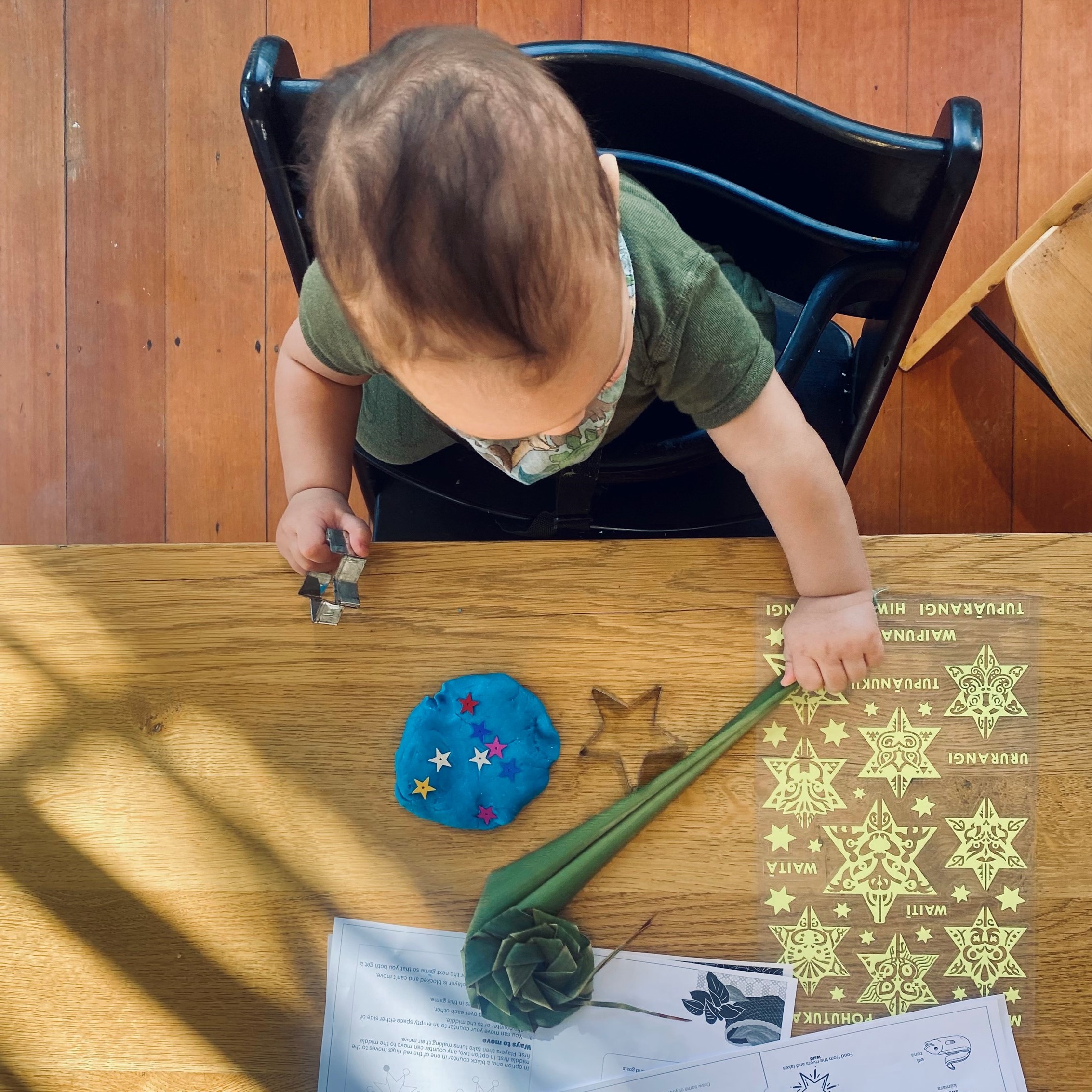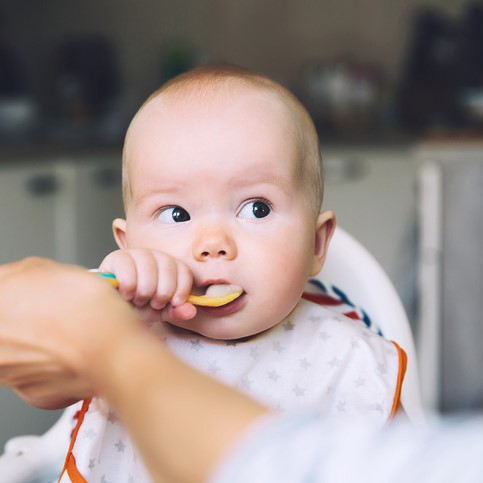Keeping Your Pēpi Safe in the Car: A Guide to Car Seats

Ahead of the Christchurch Baby Expo, we spoke with Shantel Braggins and Tanya Lonneker from Infa Group NZ, to discuss how to keep your pēpi safe in the car. Tanya’s is a mum-of-three, and her mahi as a Child Restraint Technician, means she spends a lot of time installing car restraints and knows the ins and outs when it comes to safety. Shantel is a mum-of-one and the Sales and Business Manager at Infa Group, she has been in the industry for almost 12 years and is passionate about car seats and keeping pēpi safe. Together, they share their knowledge on what to look for in a car seat, where in the car you should install your car seat (this might come as a surprise) and tips for ensuring baby is sitting safely in their seat.
Kia ora Shantel & Tanya, thank you for taking the time to speak with us. To start, can you please tell us what you recommend whānau look for in a car seat?
Look for a restraint that allows you to follow best practice guidelines. Extended Rear Facing beyond 2 years old, and Extended Forward Facing using the Internal Harness are a couple of examples.
It’s also a good idea to look for a restraint that is easy to use, both for the install and the everyday use of the restraint.
If you understand your restraint, you are less likely to make errors in its use.
What is ISOFIX and does it matter if your car doesn’t have it?
ISOFIX is a lower anchorage system found in the back of the vehicle seat bight (the area where the vehicle seat cushion and seat back meet). ISOFIX replaces the seatbelt when being used for restraints. It only matters if parents have purchased an ISOFIX only installed restraint. Otherwise, you can install using the vehicle sash/lap belt.
Where in your car, is the best place to put the car seat?
Ideally the best place for a restraint is the middle of the back seat. This is the furthest point away from any impact. Behind the passenger seat is also used quite a lot due to being away from oncoming traffic and ease of getting baby out of the vehicle on the footpath side. Most importantly, install your seat in the position that allows you to achieve the best installation.
Can you put a car seat in the front passenger seat?
It is always recommended to install your restraint in the rear seats, you can never install a rear facing restraint in the front seat if there is an active air bag. In some situations, you can install a restraint in the front, but we would always recommend the back seat as it is safest.
Rear Facing vs Forward Facing – at what age can pēpi move to forward facing? Is rear facing safer?
Rear facing is proven to be safest in international studies. When a child is rear facing, in a crash their head, neck and body are all travelling in the same direction, protected by the child restraint.
Best Practice recommends to Rear Face until they reach the rear facing limits of their restraint or at least 2 years old, but parents should attempt to Rear Face for as long possible.
How can whānau ensure their pēpi is safe in the car seat?
- When putting baby in the restraint wiggle babies bottom right to the back of the seat.
- When putting the harness on baby make sure it has no twists and sits snug across babies’ body and you cannot pinch the webbing at baby’s shoulders.
- Ensuring the harness fits correctly as baby grows is essential in making sure that baby cannot get their arms out.
- If the restraint is fitted with a chest clip (a chest clip is a harness positioning device) this needs to be in line with baby’s armpits.
- In winter months make sure you do not put baby into their restraint in bulky jackets or vests. If it is cold out, heat the vehicle first and then put baby in the restraint harness snug and add a blanket.
- When you are rear facing it is important to check the recline level is correct. This will ensure that baby is in the restraint properly to maintain an open airway.
- As baby grows ensure you remove any inserts in line with the manufacturer’s instructions, some are for comfort and can be removed at any stage but some, especially in European standard restraints must be used to certain weights/stages.
How tight should the harness be?
When checking for harness tightness, this should be done at the collar bone. We use what is called the pinch test. At the collar bone we try to “pinch” the harness webbing. If we can grab some webbing the harness is not tight enough. If our fingers slip off, then the harness is tight enough.
What do car seat expiry dates mean?
Most child restraints have an expiry or lifespan. This is either set by the manufacturer after simulated testing, or is required by the standard, for example all AS/NZS standard seats like Infasecure have a ten year lifespan. Others can vary from five to ten years. NZTA recommends that no seat should be used for longer than ten years.
Plastic degrades, especially with UV from the sun, parts often become unavailable, so repairs are no longer an option, technology changes and safer restraints are produced so it is important to ensure you are not using a restraint beyond its lifespan.
A restraint is not legal for use beyond its recommended lifespan and needs to be disposed of.
You can meet the team from Infasecure at The Baby Expo in Christchurch this weekend.
Christchurch
11 & 12 June
9am – 4pm
Christchurch Arena



